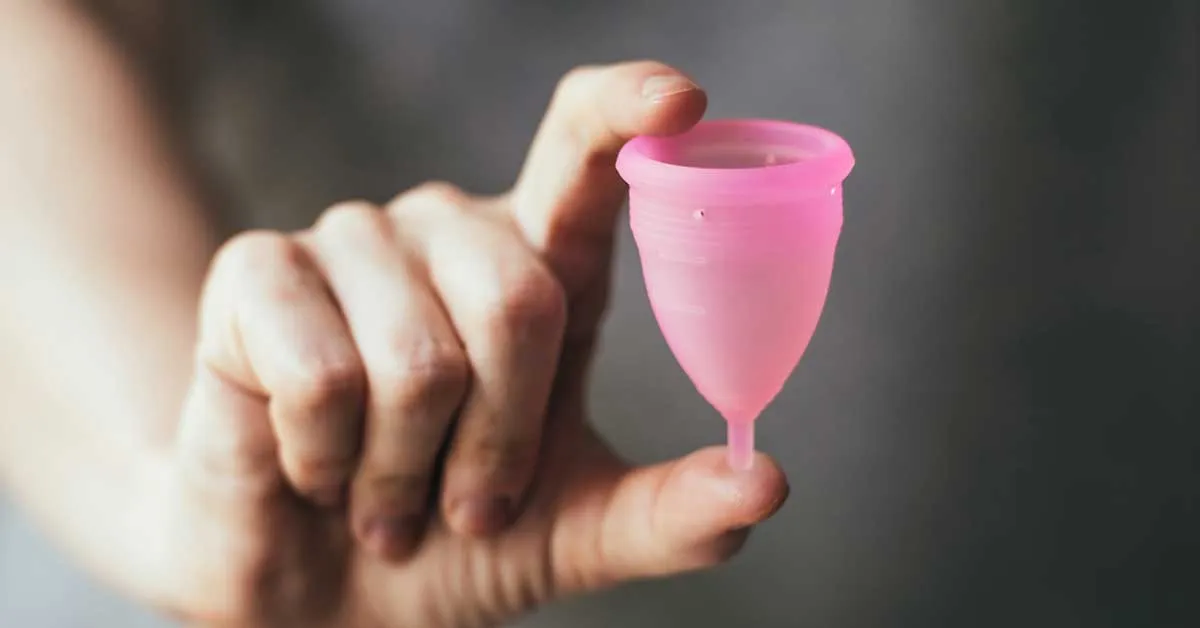
A menstrual cup is a new and popular feminine hygiene product. A menstrual cup is safer than tampons, holds more blood, is eco-friendly, and even can’t be felt during sex. Manufacturers claim that the use of a menstrual cup instead of tampons and pads will improve health, reduce menstrual pains, and reduce the risk of TSS (toxic shock syndrome). Let’s figure out if these facts are true.
TSS
Toxic shock syndrome, or TSS, is a rare but very dangerous condition associated with tampon use. Toxic shock syndrome is caused by staphylococcus or streptococcus bacteria which begin to multiply and secrete a toxin called TSST-1 (toxic shock syndrome toxin 1). This toxin damages tissues and stops organs from working. Possible symptoms of toxic shock syndrome include high fever, vomiting or diarrhea, pelvic pain, seizures, and low blood pressure.
In the 1980s, when high absorbency tampons entered the US market, doctors noticed a rapid increase in cases of TSS - one out of 7,000 women experienced it. Later, manufacturers of hygiene products stopped producing super-absorbent tampons and limited the maximum period of use to eight hours.
Today, TSS develops in only one in two million women. However, many women are still afraid to use tampons, especially at night. That's why a reusable silicone menstrual cup was invented in 2002.Menstrual cup and TSS risk
A menstrual cup can be cleaned every twelve hours, that is, only twice a day. Moreover, according to manufacturers, there is no risk of TSS. But in 2015, researches indicated a case of TSS in which a woman used a menstrual cup. She maintained proper hygiene, removed and washed the cup on time but at one of the first injections, she scratched the wall of the vagina. Doctors suggested that blood accumulation with the access of oxygen and carbon dioxide, as well as damage to the mucosa, could provoke the growth of staphylococcus bacteria and the release of dangerous toxins.
Bacteria don’t care where to breed and menstruation is a factor that provokes a violation of microflora. Today it’s known that menstrual cups don’t increase the risk of TSS and the materials from which they are made don’t interact with toxins and don’t enhance their effect. Nevertheless, one case of toxic shock syndrome has been detected which means that we cannot be 100% sure that there is no risk of TSS.Sterilization of menstrual cup
Manufacturers warn that the menstrual cup should be sterilized at the end of your cycle. Sterilization before menstruation helps eliminate bacteria that get on the cup from the air during storage. Sterilization after menstruation removes microorganisms that get on the cup from the vagina, preventing them from multiplying.Menstrual cups and infections
Studies involving women who used menstrual cups during menstruation showed that this type of feminine hygiene products didn’t affect the vaginal microbiome and the results of a urinalysis.
Therefore, the use of menstrual cups won’t increase the risk of thrush, cystitis or other genitourinary infection. However, if you already have any shift in vaginal flora, for example, candidiasis, it is not recommended to use the menstrual cup until the end of treatment.Menstrual cups and endometriosis, dysplasia, and ectopia
According to studies, menstrual cups don’t affect the condition of the epithelium of the vagina and cervix which means they won’t harm a woman. None of the recommendations for dysplasia or endometriosis have restrictions on these hygiene products.